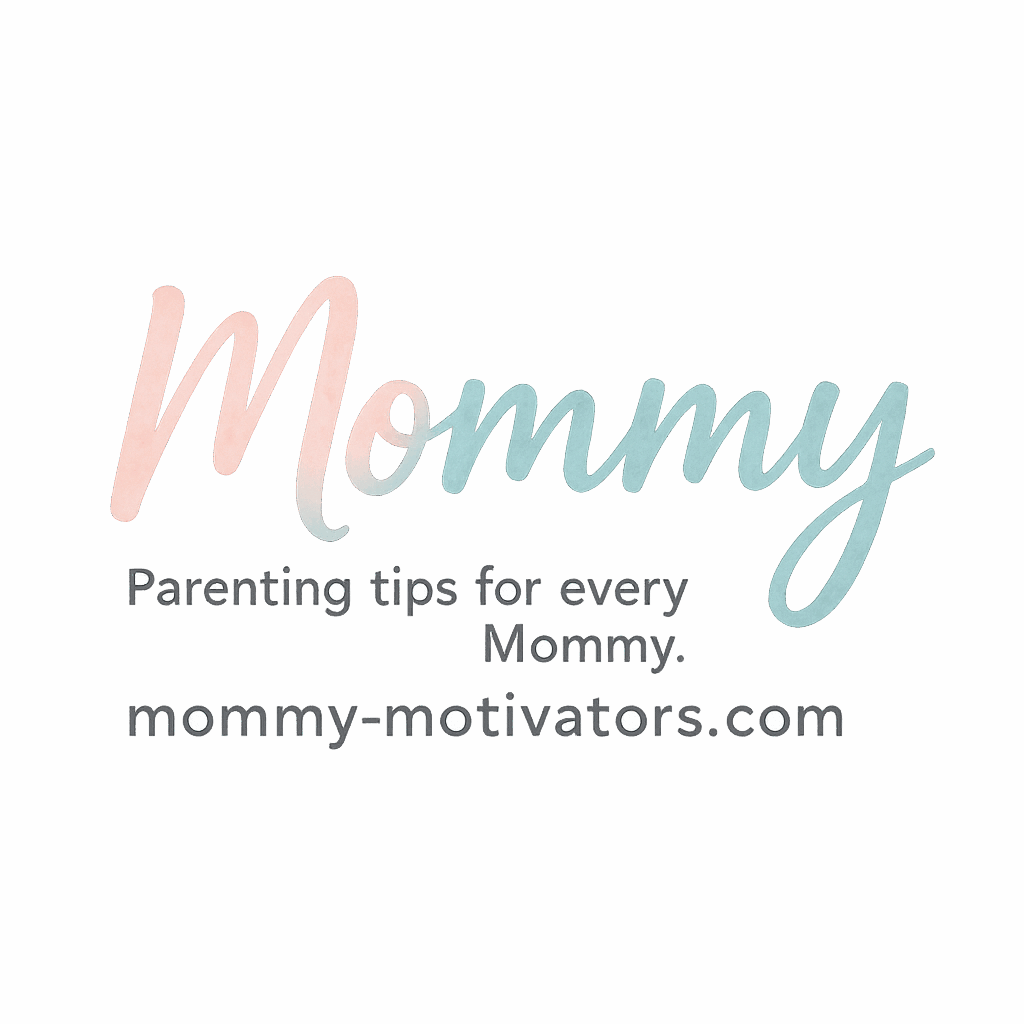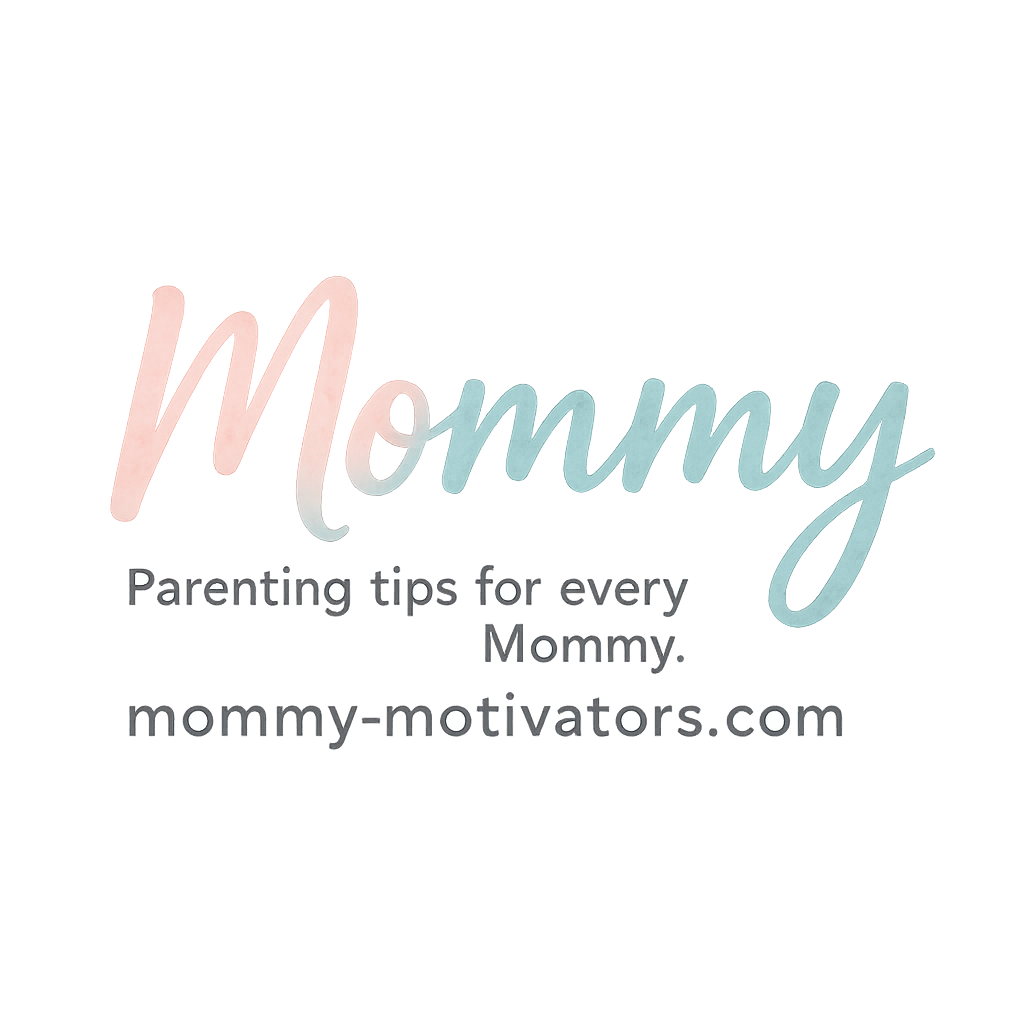We’ve all been there—you’re just trying to cook dinner, and suddenly your toddler is standing on the couch like it’s a trampoline. Your gut reaction? “Stop that!” It’s fast, instinctive, and let’s face it… rarely effective.
But what if I told you that swapping that phrase with something more constructive could totally change how your child responds? Yep, simple word changes can make a big difference in your parenting journey. Let’s dive into 10 phrases mommy can say instead of “stop that!”—and why they work so well.
This guide will help you feel more confident and connected in your responses, while also reinforcing respectful behavior.
Why “Stop That!” Often Falls Flat
The Psychology Behind Kids’ Reactions
Kids don’t always react well to being told what not to do—especially when emotions are already running high. Their developing brains crave guidance, not shutdowns.
“Stop that!” doesn’t offer them context. It’s like trying to play a game without knowing the rules. No wonder they keep doing it!
Understanding the Power of Positive Language
Positive phrases guide behavior instead of just criticizing it. They don’t just shut a kid down—they open a door for cooperation and understanding.
How Positive Language Shapes Behavior
Encouraging vs. Discouraging Phrases
Instead of focusing on what they’re doing wrong, positive phrases tell your child what they can do right. That’s a game changer.
For example:
- ❌ “Stop yelling!”
- ✅ “Use your inside voice, please.”
The Long-Term Benefits of Redirecting Words
Over time, these phrases help your child self-regulate, feel heard, and trust that you’re guiding—not scolding—them. It builds emotional intelligence and strengthens your relationship. You’ll be laying the groundwork for healthy communication now and later.

Let’s Get to the Good Stuff – 10 Effective Alternatives
1. “Let’s Try This Instead”
Why It Works
This phrase invites your child into a new behavior without blame or punishment.
When to Use It
Perfect for when they’re using toys inappropriately or roughhousing.
2. “I Need You to…”
Why It Works
It frames the instruction around your need, which feels more respectful and personal.
When to Use It
Use this during transitions or when giving a specific direction, like “I need you to put your shoes on.”
3. “Can You Show Me…”
Why It Works
It channels energy into something positive and gives your child a chance to feel competent.
When to Use It
Great for redirecting instead of reprimanding—like when they’re climbing the furniture.
4. “That’s Not Safe—Let’s Make a Better Choice”
Why It Works
It explains the why behind the rule and invites participation in the solution.
When to Use It
Use it anytime a behavior could lead to harm, like throwing or hitting.
5. “We Use Gentle Hands”
Why It Works
It teaches empathy and responsibility in a simple, repetitive way.
When to Use It
Use this when your child hits, grabs, or pushes.
Tip: Pair this with modeling calm behavior. It works wonders over time.
6. “What Are You Trying to Do?”
Why It Works
It signals curiosity, not judgment. It lets your child explain themselves—and lets you redirect calmly.
When to Use It
Perfect when a behavior seems off but not dangerous.
7. “Let’s Take a Deep Breath Together”
Why It Works
You’re helping them calm their nervous system. This teaches emotional regulation.
When to Use It
Anytime your child is visibly upset or dysregulated.
Explore more emotional development tips on our Learning & Development Advice page or visit this tag.
8. “That’s Not Okay, But Here’s What You Can Do”
Why It Works
It clearly sets boundaries but offers alternatives, which promotes autonomy and self-correction.
When to Use It
Anytime behavior goes against house rules—biting, shouting, or breaking something.
9. “Let’s Press Pause for a Second”
Why It Works
This phrase signals a break without punishment. It’s a cue for mindfulness, not time-out.
When to Use It
Use when things are escalating and everyone (yes, even mommy) needs a breather.
10. “Can You Help Me Understand?”
Why It Works
You’re inviting communication, which diffuses tension. It also gives your child a chance to process their feelings.
When to Use It
Use this when you’re unsure why they acted out—it’s a chance to dig deeper.
Tips for Making These Phrases Part of Your Routine
Stay Consistent and Calm
Your tone and body language matter just as much as the words you use. Staying calm shows that you’re in control—so they don’t have to be.
Explore more on building Daily Routines & Habits that reinforce positive behavior.
Model the Language You Want to Hear
Kids are copycats! If you consistently use kind, firm language, they’ll pick it up too.
Real-Life Examples from Moms Like You
- Sarah, mom of 2: “I started saying ‘I need you to’ instead of ‘stop.’ It felt weird at first, but my toddler actually listens now.”
- Nina, new mom: “When I say ‘Let’s press pause,’ it diffuses the tantrum like magic.”
Check out more relatable stories at our New Mommy Basics page or explore #motherhood.
Final Thoughts: Empowering Kids with the Right Words
Your words matter more than you think. Instead of using “stop that!” by default, these ten alternatives can help you build a more peaceful, respectful home. Each phrase empowers your child while keeping your authority intact.
So the next time your kid starts climbing the bookshelf like a ninja? You’ll have something better to say—because now, you’re ready.
Keep exploring parenting strategies and positive discipline tools on our Discipline & Behavior Tips page and tag feeds like #parenting, #behavior, and #consequences.
FAQs
1. Why shouldn’t I say “stop that” to my child?
“Stop that” lacks context and guidance. It can lead to resistance instead of cooperation.
2. How can I stay calm when my child’s behavior triggers me?
Practice deep breathing, step away briefly, and create calming routines. Visit our Mommy Self-Care & Mental Health page for tips.
3. Do these phrases work for older kids too?
Yes! Positive language works for all ages. Just adjust the wording to suit their understanding.
4. What if my child ignores these phrases?
Consistency is key. It may take time, but eventually, your child will respond better.
5. Can these phrases help reduce tantrums?
Absolutely! They help your child feel heard and guided, not punished, which reduces emotional outbursts.
6. Where can I find more tools for behavior and learning?
Check out Learning & Development Advice and our blog’s #growth section.
7. Are there any recommended books that use these approaches?
Yes, look at our #books section to find parenting books filled with mindful language techniques.


